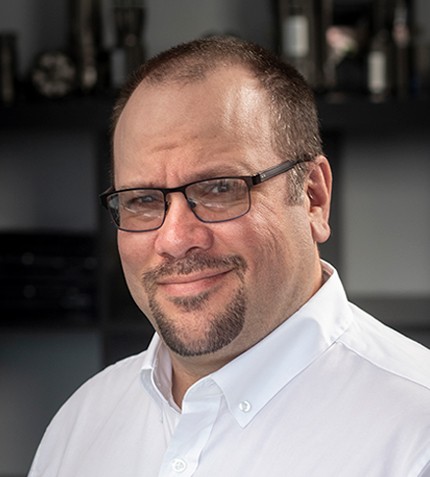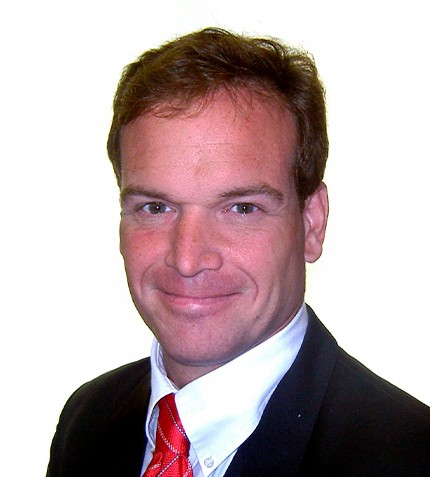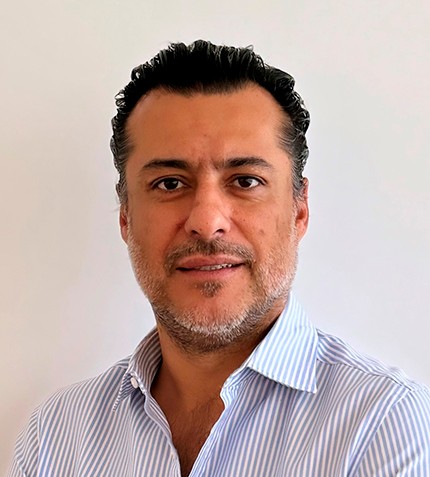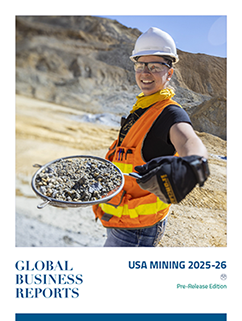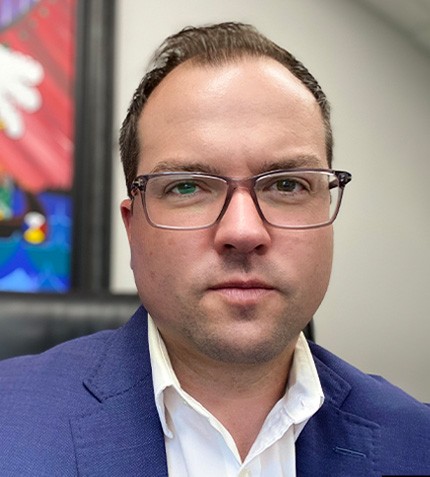
"Recently we outlined a phased approach for future development that will include initial production of lithium concentrates as phase one, followed up by chemical production as a part of a later phase two."
Trevor Walker
PRESIDENT AND CEO, FRONTIER LITHIUM
Can you provide us with an update on some of the key events for Frontier Lithium in 2022?
We updated our resource in spring of 2022, so we have now made four discoveries, two of which are deposits outcropped at surface. They make up about 42 million t under measured, indicated and inferred, with a grade of just over 1.5% lithium oxide. That represents the highest-grade resource for lithium in North America. Up until 2022, we drilled roughly 15,984 m, and this year alone we more than doubled the amount of meters drilled. Of that 42 million t, about 60% is still categorized as inferred, so it is necessary to complete a pre-feasibility study, and we will be delivering that in the spring of 2023. Working in parallel, we are continuing exploration on the property and conducting baseline environmental data collection to enable future permitting work. Recently we outlined a phased approach for future development that will include initial production of lithium concentrates as phase one, followed up by chemical production as a part of a later phase two.
Why is Frontier Lithium’s high grade such an important advantage for the company?
Whether it is precious metals or industrial minerals, grade remains king. Generally, the higher the grade, the lower the costs are. This in turn provides for longer project life and a more sustainable project. The PAK lithium project contains a North American leading grade of 1.54% Li2O which, coupled with its large size and low stripping ratio provides competitiveness over its global peers.
The combination of Frontier Lithium’s PAK and Spark deposits have been compared to the famed Greenbushes in Australia. What are some of the key similarities and differences?
The PAK lithium is in a new emerging district, whereas Greenbushes was established originally as a tin mine in the late 1800s.
Our deposit grade is comparable to Greenbushes. Greenbushes references a “core zone” in their resource that contains really low iron levels, which enable concentrates with less than .15% iron oxide. Frontier Lithium is similar in that we have classified our PAK deposit as a technical grade deposit. We have roughly 9 million t of low iron spodumene. This low iron characteristic is rare and is very similar to Greenbushes, which supplies roughly 30% of the world's lithium demands though that output is coming to an end within a decade.
The Greenbushes resource is approximately 300 million t, and Frontier has an exploration target of 100 million t in its mining lease area alone.
To what extent does Frontier Lithium need to continue to see surrounding infrastructure built out in order to realize its vision?
To date, we have utilized a winter road of about 140 kilometers. This has served us well during the exploration stage of the project and we are fortunate that it has seen upgraded as part of the Wataynikaneyap (Watay) Power Project that is currently under construction. The Watay Power Project is multi-billion dollar project electrifying 17 northern Indigenous communities, including those proximate to our project. This winter the lines will be strung, and we expect that by early 2024, that lines will be energized bringing much needed power into the area. It is exciting that our project is viewed as a possible first industrial consumer for the excess capacity that has been built into that line. Our initial phase, producing premium concentrate, can use existing winter road infrastructure allowing us to supply premium low-iron bearing concentrates for chemical production or premium glassmakers in both North America and Europe. Using this market strategy, we can lessen permitting risk, lower the initial capital requirements and be more fiscally responsible. This will also allow us to leverage the resource for northern communities, enable all-season road construction to the project and to feed a downstream chemical plant. From a timeline perspective, these things are all working in parallel, and we think we are in good shape so that when we are ready, the road will be in. This will enable us to supply the much needed lithium chemicals in the region before the end of this decade.




